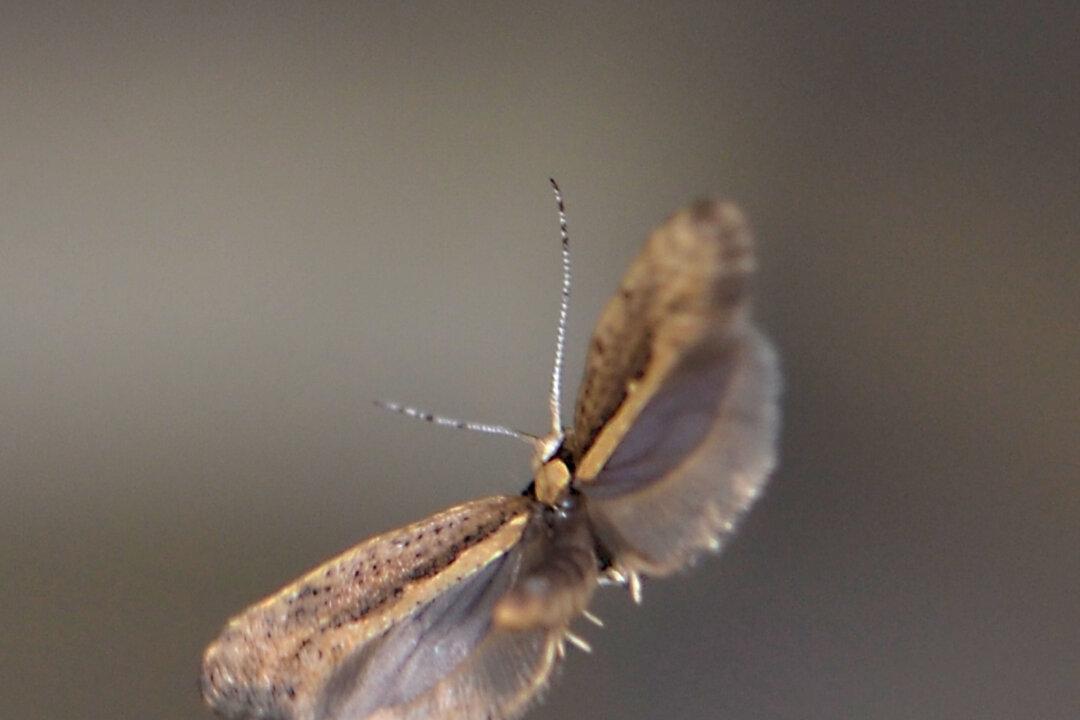A precedent-setting release of genetically engineered insects could soon take place in Geneva, New York. On July 6, the U.S. Department of Agriculture (USDA) approved the release of a moth designed to self-destruct.
Its mission is to mate with wild diamondback moths, which are an agricultural pest, and produce offspring that will die before reaching maturity. Scientists at Cornell University’s Geneva campus, working with biotech company Oxitec, have inserted a genetic “kill switch” in the moths that is triggered while they are still larvae. The moths contain genetic elements from viruses, bacteria, and coral, among other organisms, according to the nonprofit GeneWatch.
Many concerned organizations and individuals are now putting pressure on the New York Department of Environmental Conservation (DEC) to halt the release. DEC must approve it before it can go ahead.
While genetically modified (GM) plants are now ubiquitous in the United States, the release of GM insects into the environment is almost entirely new.





